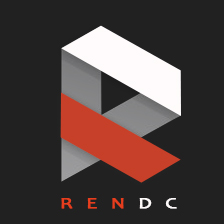21⟩ How to select the object to test?
1. Start creating the verification point.
2. In the Verification Point Name dialog box, type a name and cl ick OK to open the Select Object dialog box.
3. Do one of the following:
. Select Automatically close dialog box after object selection to have the Select Object dialog box close after you select the object to test.
.Clear Automatically close dialog box after object selection to have the Select Object dialog box reappear after you select the object to test. You will need to click OK to close the dialog box. To select a visible object directly from the application, continue with step 4. To select an object from a list of all objects on the desktop, skip to step 5.
4. To select a visible object directly from the application, drag the Object Finder tool over the object and release the mouse button.
5. To select a visible or hidden object from a list of all objects on the Windows desktop, click Browse to open the Object List dialog box. Select the object from the list and click OK.


